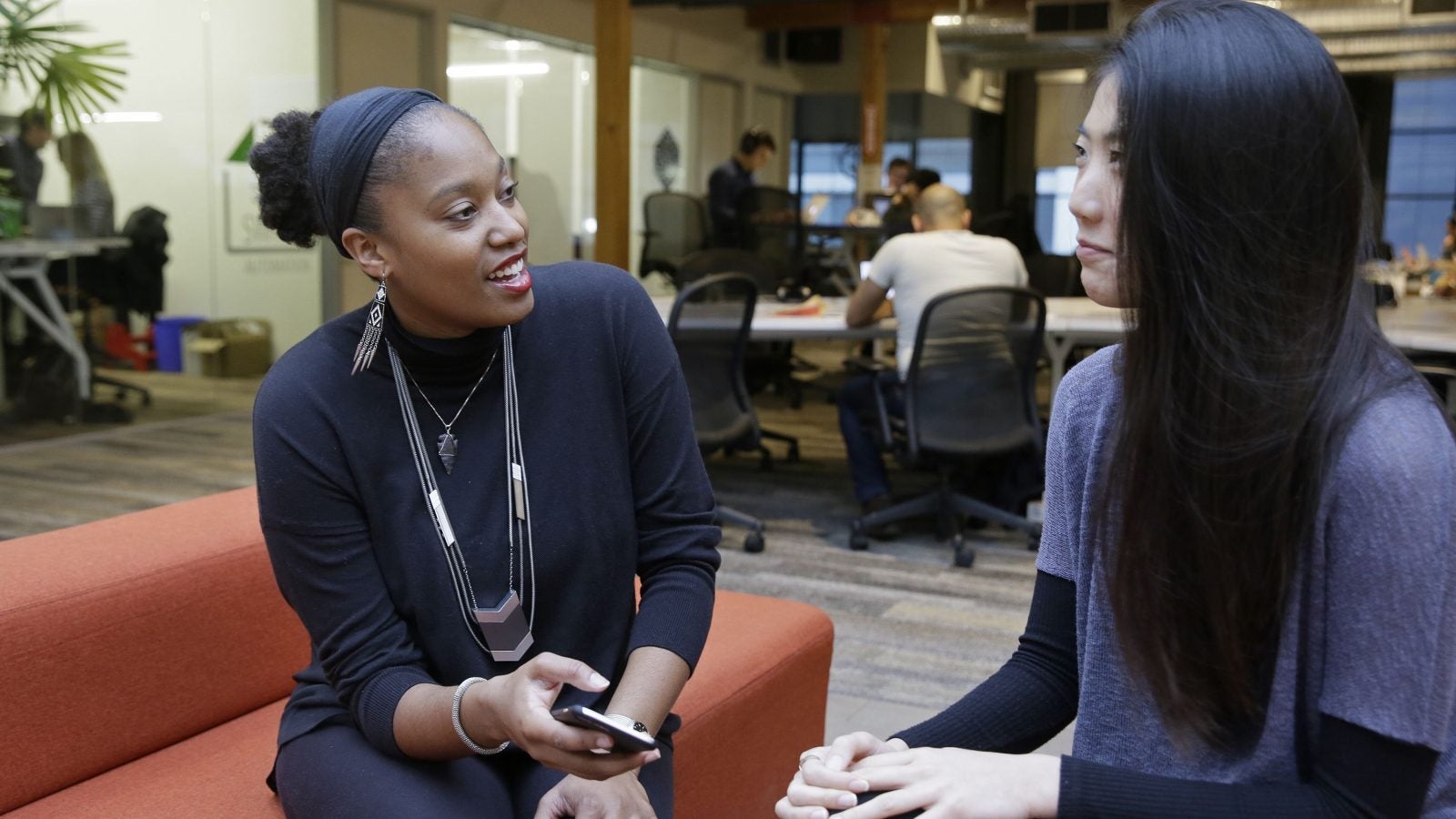Finally, a definition of workplace inclusion that’s truly actionable
Once a fringe initiative, diversity in the workplace is now taboo for companies not to promote.


Once a fringe initiative, diversity in the workplace is now taboo for companies not to promote.
Countless studies show that diverse teams are more innovative, better at making decisions, and literally boost bottom lines. Yet more often than not, diversity programs become window dressing: buzzwords posted on websites and exchanged in boardrooms to make organizations (and their executives) appear progressive, without actually investing the time, money, and experimentation necessary to drive long-lasting change.
Even when such resources do exist—whether in the form of diversity officers or procedures that strip out hiring bias—meaningful cultural change can be elusive. That’s because for women and people of underrepresented minorities to genuinely feel like they belong, inclusion has to be the responsibility and priority of every employee. It’s a reality Amber Baldet, former head of the blockchain team at JPMorgan Chase, knows all too well. While she’s one of the most innovative minds in cryptocurrencies, Baldet says she has been overlooked and underestimated due to her gender on countless occasions.
And yet, asking whether the crypto world is sexist may be the wrong question. In an interview with MIT Tech Review, Baldet said that gender representation at most developer-focused blockchain events “is neither better nor worse than at most other tech conferences. But there’s also another effect at play, and that’s survivorship bias. Many of the women who got involved early come with battle scars from those other male-dominated communities and are fiercely determined to see it be different this time.”
Crypto’s infancy offers a chance to do things differently than they’ve been done in more established industries, where diversity efforts have been frustratingly slow to produce change. According to Baldet, women in crypto are deliberately getting ahead of the curve on gender-bias conversations, establishing scholarships for women, and creating women-in-blockchain networking channels. And then there’s this: “We’re trying to shift the conversation from diversity, which can sound like a numbers game or an HR problem, to inclusion, which is a way of thinking holistically about the impact of our choices that should permeate everything we do,” she says.
But what exactly, does “inclusion” mean? Baldet defines it in succinct, actionable terms:
“Inclusion, like health and happiness, is not something that you arrive at one day and say, “We’re done!” It’s something that you work at every day, a process,” she says.
“Inclusion happens when your recruiting process casts a wider net for qualified candidates. It happens when you give credit to people for their ideas and contributions. It happens when you value the people who help design and bring your product to market as much as the people who code it. It happens when you create AI support bots and don’t give them women’s names. It happens when you spin up a group chat and choose whom to invite. Inclusion happens when people in power use that power to bring people in rather than keep people out.”
Much like any element of workplace culture, inclusion is created by small, consistent behavioral adjustments—not poster-board advocacy or tokenized representation. That is the lesson of the old diversity movement. The new inclusion movement demands we all internalize it.
This story is part of How We’ll Win, a project exploring the fight for gender equality at work. Read more stories here.